When a private equity firm acquires a company, the clock starts ticking. Growth targets accelerate, performance metrics tighten, and marketing teams—often lean and under-resourced—are expected to deliver results fast. But unlike traditional businesses, private equity portfolio companies (portcos) face a distinct set of marketing challenges that require a strategic and scalable approach.
From legacy tech stacks to murky messaging, portcos must overcome foundational hurdles to build a modern marketing engine. Here’s a look at the most common challenges—and how to solve them.
High Expectations, Limited Time
Private equity ownership often brings a new level of pressure. Marketing teams must balance long-term brand strategy with short-term performance goals, all while navigating new reporting structures and operational expectations. Unlike a typical company with a 3–5 year brand horizon, portcos are often judged on quarterly metrics, driving a need for speed that can compromise strategy.
This urgency makes prioritization critical. Portcos must identify high-impact marketing opportunities—whether that’s clarifying their messaging, launching a new website, or streamlining their digital campaigns—to make measurable progress, fast.

Brand Confusion Post-Acquisition
Many portcos are acquired mid-transformation. They may have undergone leadership changes, shifted target markets, or expanded their offerings—yet their brand still reflects the company they used to be. This disconnect can confuse customers, dilute differentiation, and weaken marketing ROI.
Compounding the issue, some portcos are the product of roll-ups or mergers, with multiple brands, cultures, and customer expectations colliding under one roof. Without a clear brand architecture and narrative, marketing efforts struggle to gain traction.
Strategic rebranding, messaging workshops, and go-to-market alignment can bring clarity to the chaos and position the business for accelerated growth.
A Patchwork Tech Stack
One of the most overlooked challenges portcos face is their fragmented marketing infrastructure. Often, companies enter PE ownership with outdated or disconnected systems—multiple CRMs, legacy websites, spreadsheets in place of automation platforms, and inconsistent analytics tracking.
This patchwork approach stalls scalability. It makes personalization difficult, breaks campaign attribution, and undermines confidence in reporting. Worse, it creates operational drag when every minute counts.
An early-stage digital audit—assessing martech tools, CRM integrations, analytics setup, and automation workflows—can lay the groundwork for a performance-ready marketing engine.

Unclear or Undifferentiated Value Propositions
It’s common for portcos to lack a well-defined or updated value proposition, especially after acquisition. The business may be expanding into new markets, offering new services, or pursuing new customers—yet their messaging hasn’t caught up.
This gap often shows up on the homepage. If a prospective customer or investor can’t understand what the company does and why it matters within five seconds, they move on.
To avoid that drop-off, portcos need messaging that resonates with buyers and aligns with business strategy. Positioning exercises, persona development, and competitive messaging frameworks help clarify the value prop and give marketing a strong foundation to build from.
Resource-Constrained Marketing Teams
In many portcos, the marketing function is a small team—or a single individual—expected to manage everything from lead generation to website updates to investor presentations. While agile, these teams often lack the bandwidth or specialized expertise to execute complex campaigns at scale.
This creates risk. Without a strong partner or internal support, critical gaps in strategy, design, data, or digital performance can hold back growth.
Building a hybrid model—where internal teams focus on strategy and oversight, while external partners handle execution—can be a force multiplier that enables marketing to move faster and smarter.
Internal Misalignment and Change Management
Even the best marketing strategy will fall flat if it’s not aligned across the organization. Many portcos face internal tension between legacy leadership and new PE-backed direction. Sales may resist marketing changes. Product teams may pursue different priorities. Leadership may hesitate to invest in brand-building.
Change management is key. Marketing leaders must build internal consensus, align stakeholders, and ensure everyone is marching to the same strategic beat. Transparent communication, cross-functional workshops, and shared KPIs can help unify vision and accelerate progress.

Turning Challenges Into Competitive Advantage
While the hurdles are real, so is the opportunity. With the right strategy, tools, and support, private equity portcos can build modern marketing engines that not only meet short-term growth goals, but also create lasting enterprise value.
At Bluetext, we’ve partnered with PE-backed companies across industries to streamline operations, sharpen positioning, modernize digital presence, and generate measurable results—fast. Whether you’re a PE firm looking to elevate your portfolio or a portco ready to modernize your marketing, Bluetext can help. Let’s talk about how we can accelerate your growth.
Markets shift fast—your campaigns should too. Explore frameworks for adaptive marketing that keep your brand nimble and responsive.
Marketing in a World of Uncertainty
In today’s fast-paced, unpredictable market landscape, businesses face constant disruptions—whether due to economic shifts, emerging technologies, or sudden changes in consumer behavior. Traditional marketing plans, often locked in months or even years in advance, struggle to keep pace with this volatility.
To stay competitive, brands need agile marketing models—strategic frameworks that allow campaigns to flex and evolve in real time. This approach empowers marketers to respond quickly to new opportunities, pivot away from underperforming tactics, and keep their messaging relevant and impactful.
In this post, we’ll explore why traditional marketing planning often falls short, outline the principles of agile marketing, and offer practical guidance on building your own adaptive campaign framework.
Why Traditional Marketing Planning Falls Short
Conventional marketing planning typically involves long timelines, static calendars, and fixed budgets. While this approach provides structure, it leaves brands vulnerable when market conditions change unexpectedly.
Consider how disruptions like supply chain delays, platform algorithm updates, or global events can derail carefully crafted campaigns. Without flexibility, companies risk missing crucial windows of opportunity, overspending on ineffective channels, or delivering messages that no longer resonate.
The challenge: how do you keep your marketing plans relevant in an environment where everything can change overnight?
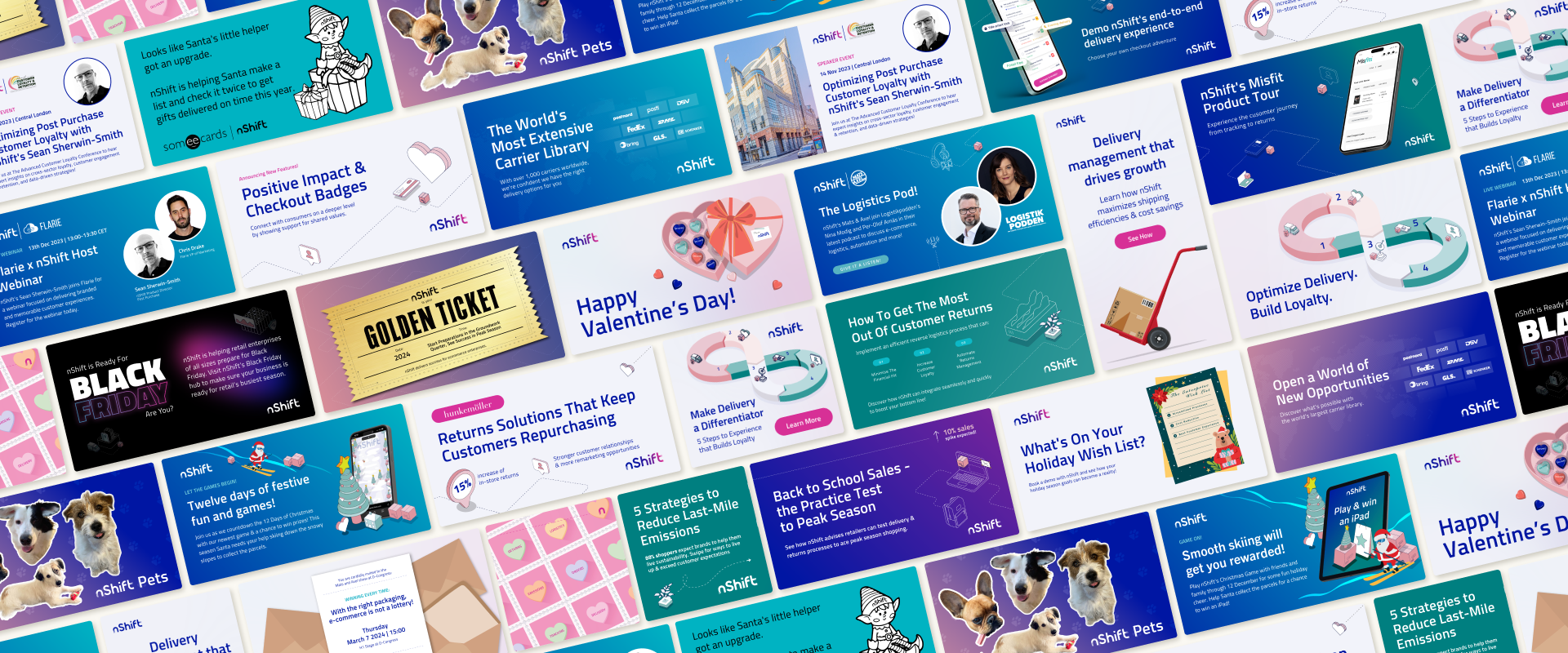
Defining Agile Marketing: Principles and Pillars
Agile marketing adapts principles from agile software development to create a more responsive, iterative approach to campaign planning and execution. Key pillars include:
- Test-and-learn mindset: Launch small experiments, measure results, and refine tactics continuously.
- Cross-functional sprints: Work in short cycles, often 2–4 weeks, allowing teams to focus on manageable goals and rapidly adjust course.
- Modular content creation: Build reusable assets and messaging components that can be quickly swapped or updated.
- Rapid feedback loops: Collect real-time data and customer insights to inform decision-making.
- Real-time analytics integration: Use performance dashboards and tools to monitor campaigns and identify pivot points early.
This contrasts with traditional “waterfall” marketing, which typically follows a linear sequence and resists change once the plan is set.

Building an Agile Campaign Framework
Here’s how to put agile marketing into practice with a flexible campaign model:
1. Modular Messaging and Content
Create content in “blocks” or modules—such as headlines, visuals, CTAs—that can be mixed and matched depending on the moment. This makes it easier to tailor messages on the fly for different audiences, channels, or cultural moments without starting from scratch.
2. Short Sprints and Iterative Launches
Instead of committing to an entire campaign upfront, plan in short bursts (sprints). Launch a minimum viable campaign quickly, then use data and feedback to optimize each sprint. This lets you capitalize on new trends or pause investments in low-performing areas promptly.
3. Decision-Making with Live Data
Integrate tools like Google Analytics 4, HubSpot, or Looker to track campaign KPIs in real time. Set clear thresholds that trigger reviews and adjustments. The faster you can access insights, the faster your team can pivot tactics or messaging.
4. Team Agility and Cross-Functional Collaboration
Agile marketing requires breaking down silos. Build small, empowered teams combining creative, data, media, and strategy experts who can make decisions collaboratively and quickly. This removes bottlenecks and speeds up execution.
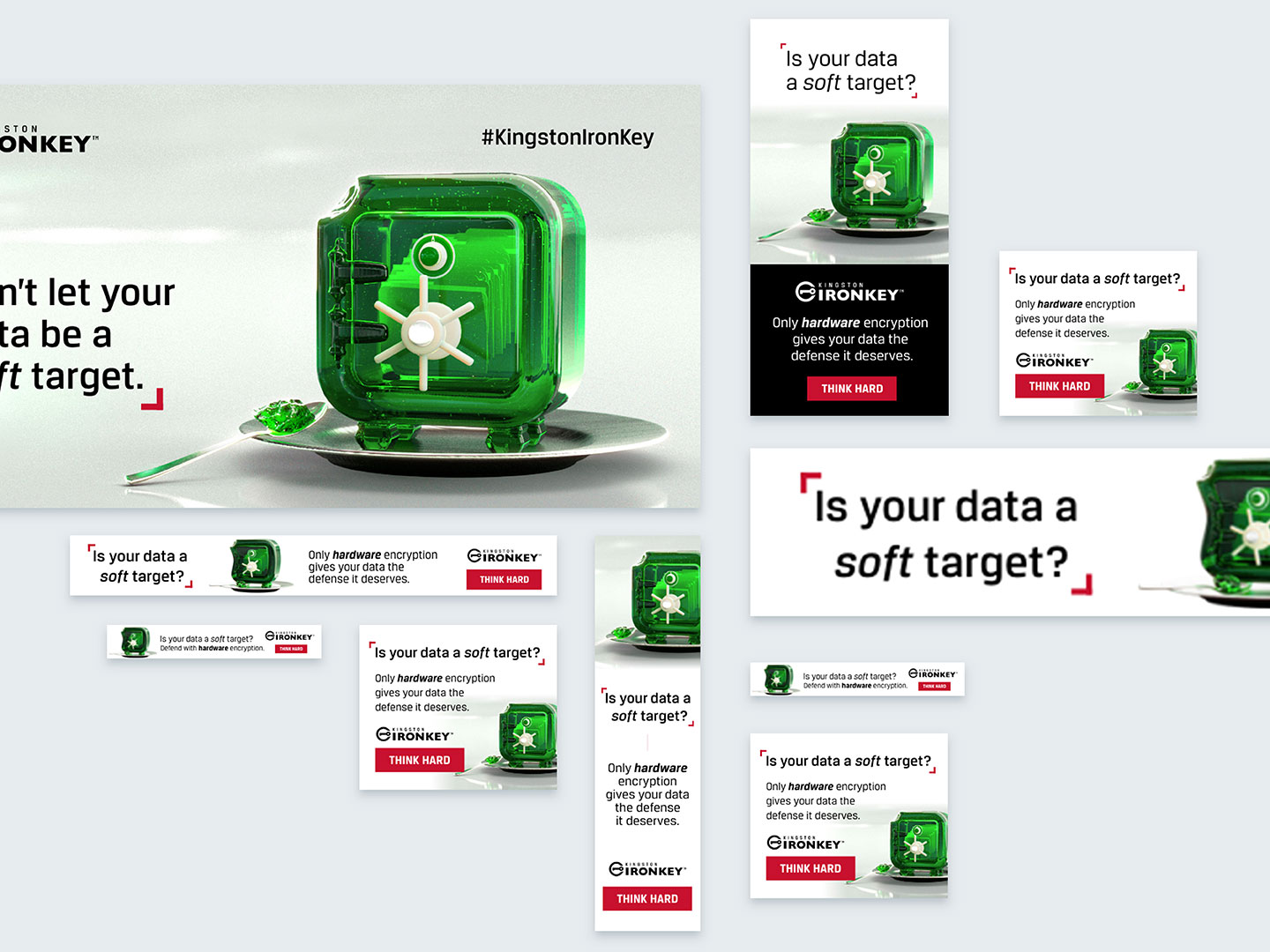
How to Start: Transitioning to Agile Without Overhauling Everything
You don’t have to rebuild your entire marketing operation overnight. Begin with a pilot project—choose a single campaign or product launch to test agile methods.
Invest in agile-friendly tools and workflows, such as project management platforms that support sprints and collaboration. Share early wins and learnings to build momentum internally.
Finally, consider partnering with an agency experienced in agile marketing to guide your transition and help scale your efforts efficiently.
Future-Proofing Your Marketing Strategy
Agility isn’t just a buzzword—it’s a necessity in today’s uncertain world. Brands that embrace flexible, adaptive marketing strategies will outmaneuver competitors stuck in rigid planning cycles.
By designing campaigns that are built to pivot, you can transform uncertainty into a competitive advantage.
Ready to make your marketing more agile? Connect with Bluetext to build flexible frameworks that evolve alongside your business.
In today’s marketing landscape, brands live and die by their digital visibility. But that visibility is increasingly out of marketers’ control. Algorithm changes tanking your social reach? Rising CPCs eating your paid media budget? Platforms limiting your access to your own followers?
It’s time to take back control. The most reliable path forward isn’t through rented digital real estate—it’s by investing in what you truly own.
An owned media ecosystem gives you a direct line to your audience, without middlemen. It’s your brand’s strongest asset, and when built strategically, it becomes the engine powering long-term engagement, lead generation, and brand authority.
Why Owned Media Is More Important Than Ever
Social platforms shift constantly. Search engine algorithms evolve. Privacy regulations keep tightening. In this environment, leaning solely on third-party platforms to reach your audience is risky—and expensive.
Meanwhile, the cost of acquiring attention continues to climb, while engagement rates often fall. That’s why marketers are shifting focus toward owned media—channels they fully control, with data they own, and audiences they can access without paying for every touchpoint.
Owned media provides:
- Stability: You’re not at the mercy of a platform’s next update.
- Scalability: Evergreen content and SEO bring compounding returns.
- Trust: Branded environments build authority and credibility.
- Data: First-party insights inform smarter decisions and future targeting.
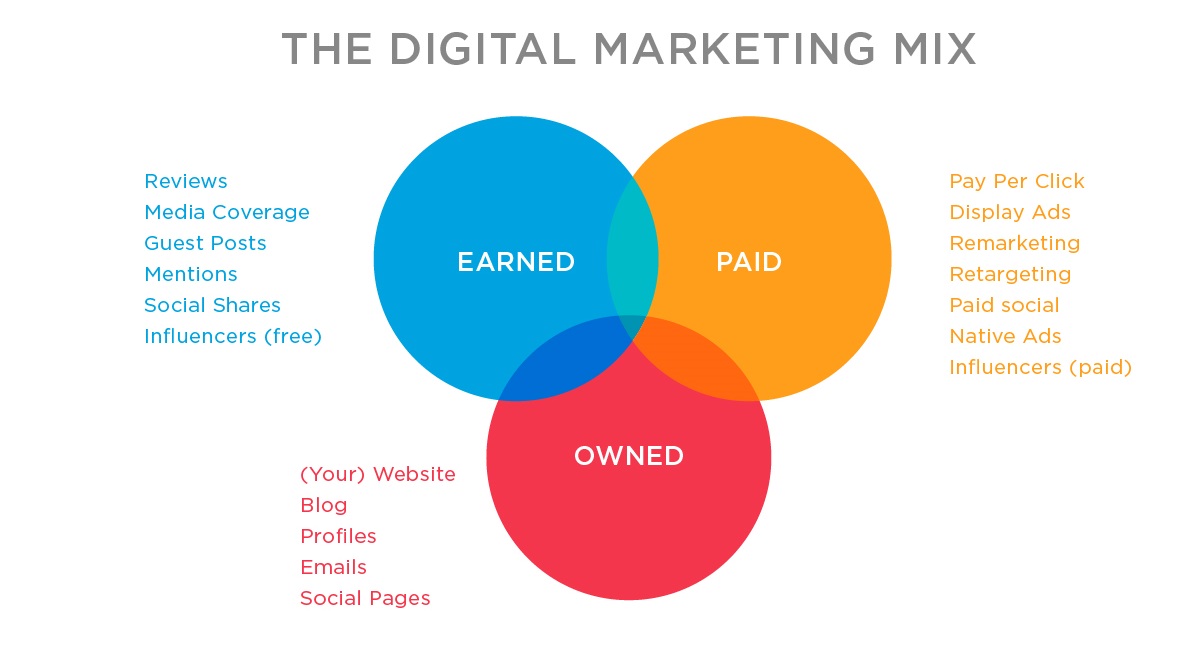
What Exactly Is an Owned Media Ecosystem?
It’s more than just having a blog and an email list. A true owned media ecosystem is an integrated network of digital properties that serve, engage, and grow your audience.
Key components include:
- Website: The cornerstone of your brand’s digital presence
- Blog or resource center: Drives SEO, thought leadership, and lead nurturing
- Email newsletter: Your most direct, algorithm-free communication channel
- Branded content hubs: Digital magazines, industry insights, or use case libraries
- Podcasts or video series: Long-form, high-value content that builds loyalty
- Mobile apps or customer portals: For deeper, sustained engagement
- Analytics dashboards: To monitor performance and capture first-party data
This ecosystem acts as your brand’s digital backbone—supporting every campaign, fueling SEO, and nurturing long-term relationships.
Building Your Owned Media Ecosystem: A Step-by-Step Approach
A successful owned media ecosystem isn’t built overnight. It takes intentional planning, strategic content, and sustained distribution.
Here’s how to get started:
1. Audit Your Current Assets
What owned channels do you already have? Review your website, blog, newsletter, gated content, and any branded experiences. Assess performance, gaps, and opportunities.
2. Invest in Evergreen, Value-Driven Content
Think long-form blog posts, how-to guides, explainer videos, and case studies. Content that solves problems, builds thought leadership, and remains relevant over time is key to sustained traffic and engagement.
3. Build for UX and SEO
Ensure your site and content hub are fast, responsive, and search-optimized. A great user experience keeps people engaged; smart SEO brings them in the door.
4. Grow and Nurture Your Audience
Make building your email list a priority. Offer valuable gated content, newsletters, or exclusive insights. Once you have subscribers, provide consistent, high-value touchpoints.
5. Connect Everything
Your owned media shouldn’t live in silos. Blogs should link to resources. Webinars should drive to whitepapers. Newsletters should surface new podcast episodes. Think ecosystem, not just assets.
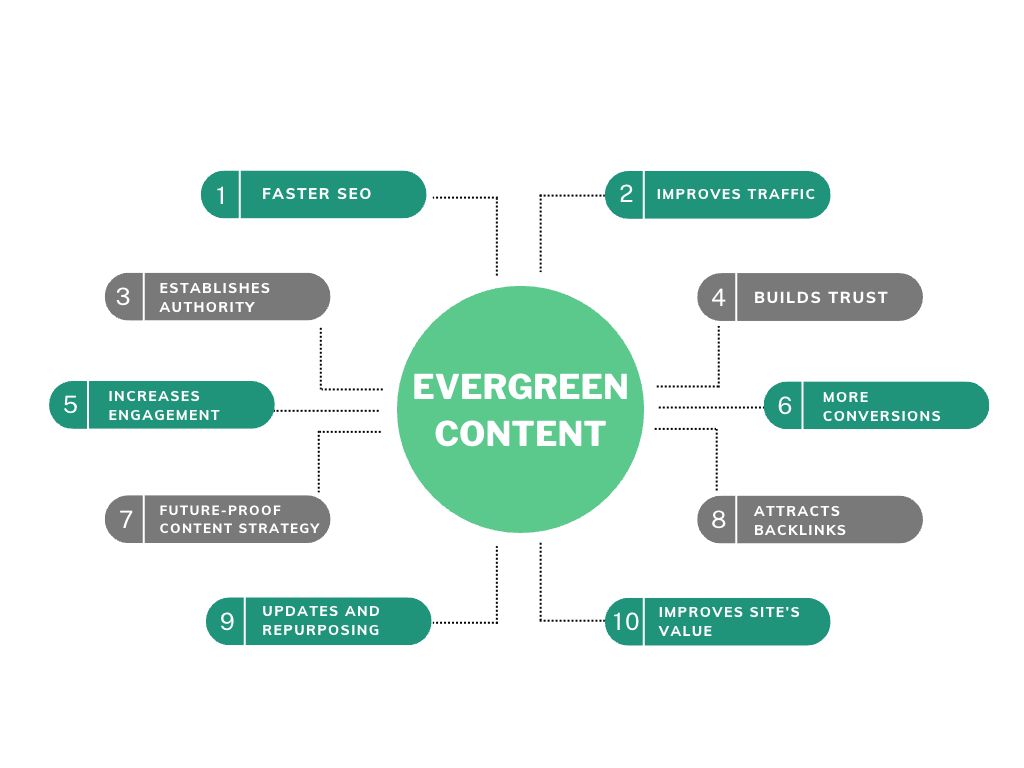
How Owned Media Supports the Bigger Picture
Owned media doesn’t replace paid or earned—it strengthens them. Here’s how:
- Improved Paid Media Performance: Driving traffic to SEO-optimized, high-conversion landing pages boosts ROI.
- Trust-Building: When leads land on your content hub instead of a cold ad, your brand feels more credible.
- Resilience to Platform Shifts: If social reach drops or cookies disappear, you still have direct access to your audience.
In short, owned media gives your marketing strategy roots.
Final Thought: Your Digital Moat Starts Here
If you’re constantly chasing attention on rented platforms, you’re playing someone else’s game. Building an owned media ecosystem puts your brand back in control. It’s how you create durable engagement, scale trust, and grow on your terms.
Want to future-proof your digital strategy?
Contact Bluetext to design and scale a content ecosystem that’s built to last.
In a world saturated with content, podcasts offer a rare opportunity: uninterrupted attention. Listeners willingly tune in—often for 20 minutes or more—creating space for meaningful storytelling, thought leadership, and brand positioning. But what happens when your industry is one of the most tightly regulated?
For sectors like financial services, healthcare, energy, and government contracting, podcast marketing can feel like a compliance minefield. Privacy laws, advertising restrictions, and strict review protocols can make even the most well-intentioned ideas feel too risky to pursue.
But the truth is, when done right, podcasts can become a powerful, compliant communication channel—helping brands build trust, educate audiences, and differentiate from the competition.
Here’s how regulated industries can safely—and successfully—enter the podcast space.
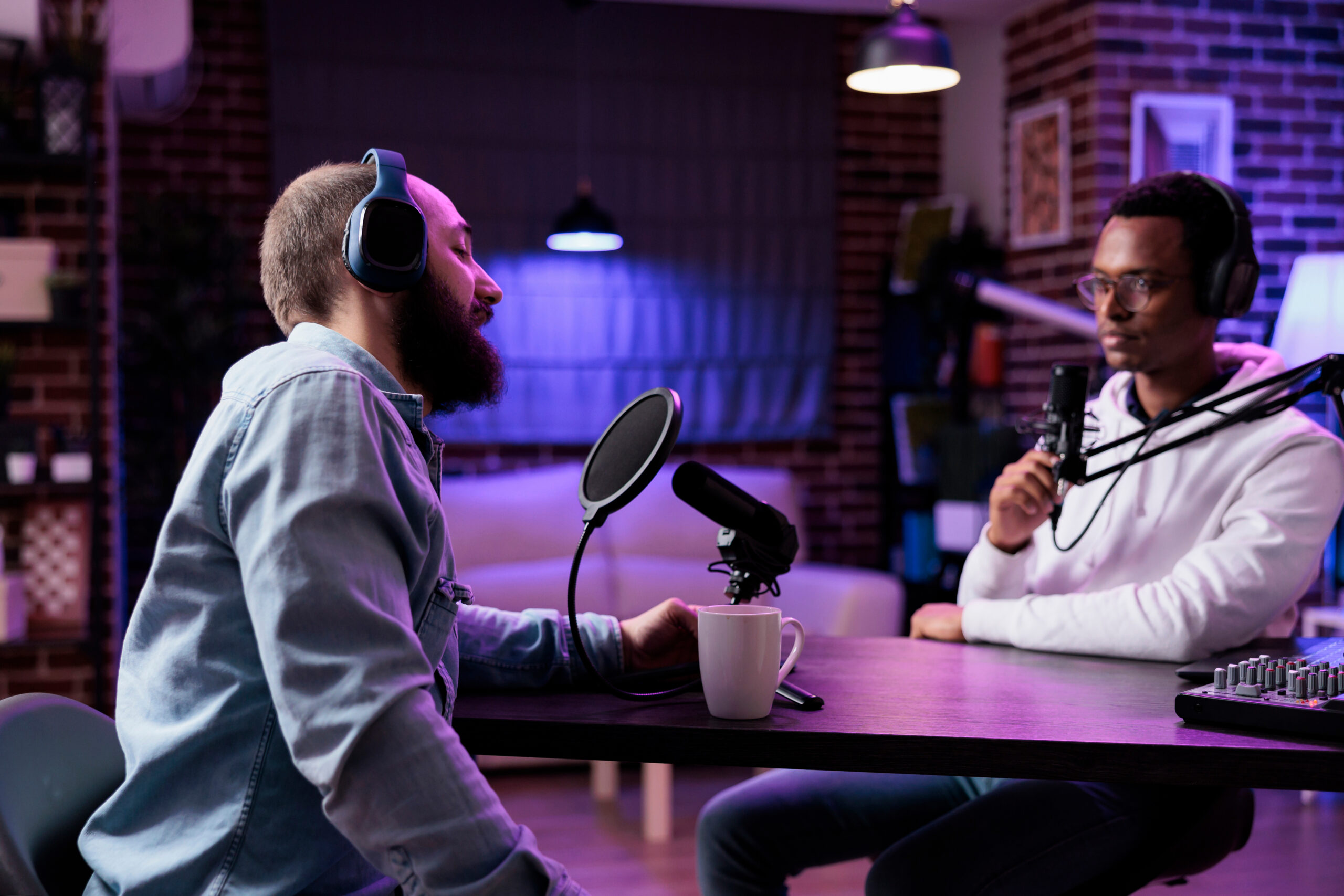
1. Start with Strategy: Define Goals and Guardrails
Before pressing record, define the purpose of your podcast. Is it to educate clients? Attract talent? Showcase executive expertise? The answer will inform everything from tone and topics to distribution strategy.
In regulated industries, strategic planning should also include:
- Legal and compliance team involvement from the start
- Content approval workflows built into production timelines
- Defined no-go zones for topics or phrasing
When stakeholders align early, it’s easier to create content that’s both compelling and compliant.
2. Choose the Right Format for Your Risk Profile
Not every podcast has to be edgy or controversial to succeed. In fact, many of the most effective B2B podcasts take an interview-based or roundtable approach that focuses on subject-matter expertise, not sales.
Consider formats like:
- Executive Q&As with pre-scripted or pre-approved questions
- Narrative storytelling based on public case studies or anonymized experiences
- Topic deep-dives led by legal-approved thought leaders
A clear format keeps your message on track—and makes it easier to implement review processes without losing momentum.
3. Build in Compliance Without Killing Creativity
Regulated doesn’t have to mean boring. The key is finding creative ways to work within the rules. That might mean:
- Using a branded disclaimer at the beginning of each episode
- Incorporating compliance-friendly show notes with citations or disclosures
- Creating “editorial zones” where guests can speak freely, followed by clear, approved wrap-up messaging
With the right guardrails in place, your brand can still tell compelling stories without triggering red flags.

4. Distribute Strategically—and Securely
Public podcast platforms (Apple, Spotify) offer wide reach, but for some industries, gated distribution may be a better fit. Consider:
- Hosting private podcasts via platforms like Captivate or Podbean Pro
- Using internal channels like email newsletters or employee portals
- Creating companion blogs or transcripts that meet accessibility and compliance standards
In some cases, a hybrid model—where the main episode is public, but bonus content is gated—can deliver the best of both worlds.
5. Measure What Matters
Don’t just track downloads. Instead, focus on:
- Audience engagement (e.g., listens per episode, drop-off rate)
- Lead quality or post-listen conversions
- Internal feedback if the podcast supports recruitment or employee branding
If you’re in a regulated space, you already know success isn’t just about volume—it’s about building trust, demonstrating authority, and delivering real value. Podcasts, when strategically developed, can check every one of those boxes.
At Bluetext, we help brands in highly regulated industries craft podcast strategies that are as compliant as they are compelling.
Contact us to build a branded audio experience that breaks through the noise—without breaking the rules.
When marketers think of social media for B2B, the usual suspects come to mind—LinkedIn, X (formerly Twitter), and maybe YouTube. Reddit? It’s often written off as the Wild West of the internet: chaotic, anonymous, and unpredictable. But for those willing to navigate its nuances, Reddit can be a goldmine of insight, authenticity, and B2B engagement.
Reddit isn’t just cat memes and AMAs from celebrities. It’s a thriving ecosystem of professionals, buyers, engineers, and decision-makers asking questions, solving problems, and sharing unfiltered opinions. For B2B marketers, that’s an opportunity you can’t afford to ignore—so long as you approach it the right way.
Why Reddit Deserves a Spot in Your B2B Strategy
Reddit is the sixth most-visited site in the U.S., boasting over 1.7 billion visits per month. What sets it apart isn’t just the scale—it’s the structure. Reddit is divided into thousands of interest-based communities (called subreddits), each with its own culture, norms, and moderators.
This makes Reddit less like a traditional social media platform and more like a decentralized forum. The conversations are honest, often brutally so, and the self-promotion police are always watching. That’s why marketers need to rethink their playbook here.
But when used smartly, Reddit offers three powerful advantages for B2B brands:
- Direct access to niche professional communities
- Real-time market intelligence and customer pain points
- Opportunities for thought leadership in high-trust environments
Reddit vs. Other Platforms: A Different Set of Rules
On Reddit, trust is everything—and users are quick to call out anything that feels like a sales pitch. Unlike algorithm-driven platforms that reward virality, Reddit rewards value. This value usually comes in the form of helpful answers, shared experiences, or genuine discussion.
A few things that make Reddit unique:
- Anonymity encourages honesty
- Users upvote/downvote posts based on value, not popularity
- Each subreddit has its own rules—many ban self-promotion outright
- Engagement is conversation-first, not content-first
In short, you’re not talking at your audience—you’re talking with them.
Where B2B Conversations Are Happening on Reddit
You might be surprised by the depth of professional discussions taking place on Reddit. Whether it’s an IT admin trying to solve a security issue, a founder exploring pricing models, or a marketer testing messaging—Reddit is where professionals go to speak candidly.
Here are a few subreddits worth exploring:
- r/sysadmin – IT infrastructure, troubleshooting, and vendor comparisons
- r/AskEngineers – Engineering insights and technical questions
- r/smallbusiness – Entrepreneurial advice and SaaS tool recommendations
- r/marketing – Strategy, channels, and campaign reviews
- r/legaladvice – Regulatory and compliance discussion (especially useful for legal tech and fintech marketers)
These forums are treasure troves for social listening, offering unfiltered insights into what your target audience actually thinks—and what keeps them up at night.
How to Engage Authentically (And Avoid Getting Downvoted)
Reddit is not the place for traditional brand marketing. Come in too strong, and you’ll get downvoted—or worse, banned. Here’s how to participate without blowing your cover:
✅ Listen Before You Speak
Lurk in relevant subreddits. Track recurring questions. Identify influencers. Get a feel for how your target users communicate and what matters to them.
✅ Be Helpful, Not Promotional
Reddit users respond best to transparency and expertise. If you’re going to comment or post, make sure it adds real value—think troubleshooting advice, experience-based responses, or resource recommendations.
✅ Post as a Person, Not a Brand
Unless you’re hosting an official AMA (Ask Me Anything), it’s better to comment as an individual professional. You’ll build trust more easily that way.
✅ Use Reddit Ads to Test the Waters
Reddit’s paid ad platform allows brands to place content in specific subreddits with high precision. While the organic path takes time, promoted posts can be a safe entry point for testing messaging or driving traffic.
✅ Follow the Rules (Really)
Each subreddit has its own guidelines. Some ban promotional links, others require flairs or minimum karma. Break the rules, and you’re out. Respect the community if you want to stay in it.
Reddit Use Cases for B2B Brands
Done right, Reddit can amplify your marketing efforts:
- Thought Leadership: Host AMAs with product managers, engineers, or subject matter experts
- Product Feedback: Monitor mentions of your product or competitors for unfiltered reviews
- Persona Development: Use real conversations to refine audience personas and messaging
- Content Ideation: Discover trending questions and topics to fuel your blog, SEO, or video content
- Support and Reputation Management: Address concerns in real time or redirect users to support channels
Avoid These Common Reddit Marketing Mistakes
Reddit can be unforgiving. Here’s what to avoid:
- ❌ Posting links without context or commentary
- ❌ Copy-pasting marketing content into threads
- ❌ Creating throwaway accounts just for brand activity
- ❌ Ignoring subreddit rules
- ❌ Being defensive when challenged
If your engagement isn’t authentic, it won’t work—and it could do more harm than good.
Reddit Is a Risk—But a Smart One
Reddit isn’t a plug-and-play platform. It requires research, patience, and a light touch. But for B2B marketers seeking more meaningful engagement and market insight, the upside is huge. It’s one of the few digital spaces where people say what they really think—and if you can navigate it right, your brand can benefit from that raw authenticity.
At Bluetext, we help B2B brands explore emerging digital channels like Reddit with the right strategy, tone, and content to drive real results.
Looking to tap into new communities and platforms? Contact Bluetext to build a social strategy that goes beyond the expected.
B2B websites are content powerhouses. Whether you’re navigating technical product documentation, compliance resources, white papers, or thought leadership blogs, these sites are often packed with deeply layered and jargon-heavy material. But no matter how rich your content is, it’s only valuable if users can find it. That’s where smart search functionality becomes essential.
In today’s digital landscape, B2B brands must move beyond basic keyword search to deliver an intuitive, efficient, and tailored experience that unlocks the full potential of their content. In this post, we’ll explore what smart search means for complex B2B websites and how you can use it to enhance discoverability, user experience, and business outcomes.
The Challenge of B2B Content Complexity
B2B websites tend to grow organically over time. As new products, services, use cases, and regulations emerge, pages are added—often in silos. This creates sprawling ecosystems of technical data, fragmented resources, and inconsistent metadata. For users, it can feel like searching for a needle in a haystack.
Traditional navigation tools, including outdated search bars or simplistic site maps, often fall short in helping visitors find what they need. Whether it’s a government RFP looking for product certifications or a hospital IT team seeking integration specs, your users expect fast, accurate answers. When they don’t get them, they leave.
What Is Smart Search?
Smart search—also known as advanced site search—goes far beyond the basic keyword match. It leverages technologies like artificial intelligence (AI), natural language processing (NLP), and machine learning to understand user intent and deliver relevant results.
Key capabilities of smart search include:
- Predictive search suggestions
- Typo tolerance and fuzzy matching
- Semantic understanding of queries
- Filters and faceted navigation
- Personalized results based on behavior or user roles
- Analytics dashboards to track search behavior
Popular platforms like Elasticsearch, Algolia, and Azure Cognitive Search offer these features out of the box, and many integrate seamlessly with content management systems (CMS), customer relationship management (CRM) platforms, and digital asset management (DAM) tools.
Why Smart Search Matters for B2B Sites
A smart search function does more than improve user experience—it adds measurable business value.
1. Increases Content Discoverability
Smart search enables users to easily surface relevant product pages, PDFs, datasheets, blog posts, and more—regardless of how deep they’re buried.
2. Boosts Engagement and Conversions
The faster users find what they’re looking for, the more likely they are to take action—whether that’s submitting a lead form, starting a trial, or contacting sales.
3. Provides Insight into User Needs
Site search data reveals what visitors are trying to find. This intel can drive content strategy, identify gaps, and inform UX decisions.
4. Supports Role-Based Customization
By understanding who the user is (e.g., buyer, engineer, compliance officer), smart search can tailor results to deliver the most relevant answers for each audience segment.
Key Features to Include in Your Smart Search Implementation
To maximize the impact of your search functionality, prioritize features that enhance usability and scale with your content ecosystem:
- Auto-complete and dynamic suggestions
- Faceted search filters (e.g., by product type, industry, resource type)
- Support for long-tail and natural language queries
- Contextual search snippets that preview content
- Synonym recognition and custom dictionaries
- Integration with structured metadata and tagging systems
Don’t forget to optimize for mobile—B2B users increasingly access websites from smartphones and tablets, especially in the field.
Implementation Tips for Complex Sites
Building smart search into a complex B2B website requires careful planning:
- Audit your existing content to ensure it’s structured, tagged, and organized for machine readability
- Map common user journeys to understand how different personas navigate the site
- Define your taxonomy and metadata strategy to ensure consistent tagging and filtering
- Monitor and refine search performance using analytics and feedback loops
- Collaborate across departments (marketing, IT, sales) to align on priorities and content visibility
Smart Search in Action: A Real-World Snapshot
Imagine a defense technology firm with a site housing hundreds of technical briefs, compliance documents, and product brochures. With basic keyword search, users must already know the exact title or term to find a document. But with smart search, a procurement officer typing “NIST certification for satellite hardware” can instantly access relevant materials—even if the original file is titled differently. Filters allow narrowing by document type, date, or business unit, ensuring a streamlined path to the right asset.
Turn Your Website into a Smart Content Hub
If your B2B site is packed with valuable content that users can’t easily find, it’s time to upgrade your search experience. At Bluetext, we help organizations architect advanced search solutions that integrate seamlessly into complex digital ecosystems—enhancing usability, supporting business goals, and delivering measurable ROI.
Let’s talk about how Bluetext can help you implement smart search for your site. Contact us today.
In today’s fast-paced digital landscape, marketing automation is no longer a nice-to-have—it’s a necessity.
But as brands scale their operations and embrace automation tools to streamline workflows, one critical question often gets overlooked: how do you automate without losing the personal connection that customers crave?
The answer lies in building systems that prioritize marketing automation with personalization at every stage of the customer journey. Here’s how smart marketers are striking the right balance.
Why Automation Alone Isn’t Enough
There’s no denying that automation tools can dramatically improve efficiency. From scheduling email campaigns to syncing CRMs, automating repetitive tasks frees up valuable time and reduces human error.
But when automation is implemented without intention, it can lead to tone-deaf messaging, irrelevant content, and missed opportunities to build real relationships. We’ve all received emails that start with “Dear [FirstName]” or offers completely unrelated to our needs. These are the hallmarks of automation done poorly—and they erode trust fast.
Personalization Is Still the Priority
Personalization isn’t just a buzzword—it’s a baseline expectation. In fact, studies show that personalized experiences can increase conversion rates by up to 202% and drive long-term customer loyalty. The key is to use automation to enable personalization, not replace it.
That starts with understanding your audience. Automation platforms are only as good as the data behind them. Behavioral triggers, demographic segmentation, and user intent signals should all inform how, when, and why messages are delivered.
For example:
- A first-time site visitor shouldn’t receive the same email as a long-time customer.
- A lead who attended a webinar may benefit from a more detailed follow-up than someone who simply downloaded a whitepaper.
- Sales outreach should reference specific pain points or content a prospect has interacted with—not just follow a script.
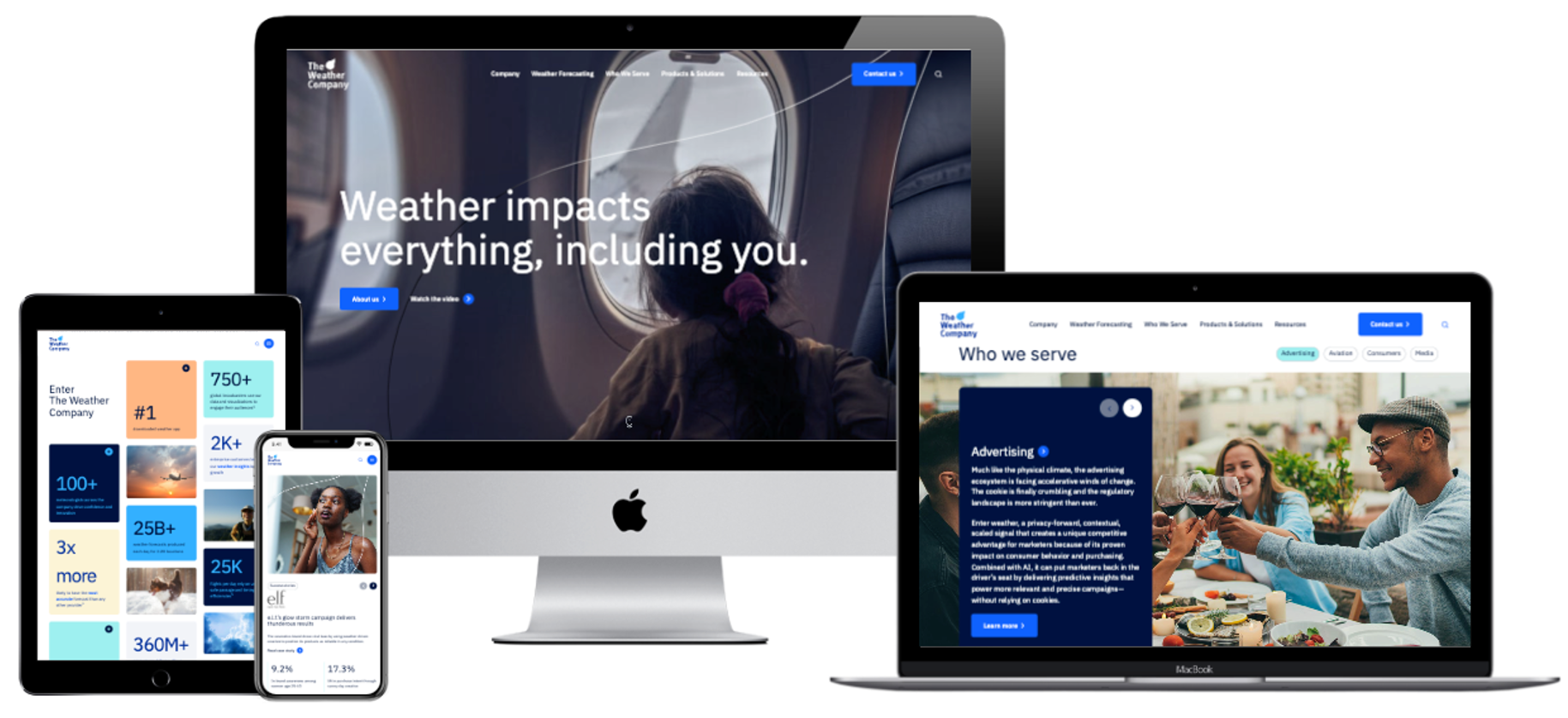
How to Build Marketing Automation with Personalization
Achieving the perfect balance requires both the right technology and a customer-centric mindset. Here’s how to make it happen:
1. Segment Intelligently
Don’t settle for basic list segmentation. Use behavioral data, purchase history, engagement levels, and funnel stage to create nuanced audience groups. This allows you to tailor messaging that feels personal—even if it’s automated.
2. Create Dynamic Content
Modern automation tools let you personalize copy, visuals, and CTAs based on user data. This means one email can feel like 10 different ones, depending on who receives it. Dynamic content is a powerful way to scale without sounding robotic.
3. Use Triggers Thoughtfully
Set up automations based on meaningful user actions—visiting a pricing page, watching a video, or abandoning a form. These are signals of intent and offer an opportunity for timely, relevant engagement.
4. Blend Automation with Human Touchpoints
Automation shouldn’t eliminate real conversations. Use it to set the stage for sales outreach, customer service, or live chats. For instance, a well-timed email can invite a lead to schedule time with a rep, while internal alerts can prompt sales to follow up personally.
5. Audit Regularly
Automated workflows should evolve. Set up regular reviews to ensure messaging is still aligned with user needs, brand voice, and current campaigns. What worked six months ago might feel tone-deaf today.

Human-Centric Marketing at Scale
Marketing automation isn’t the enemy of personalization—it’s the engine that can power it. When used thoughtfully, it can enhance customer experience, increase efficiency, and drive measurable growth.
The secret is remembering that behind every click, open, and conversion is a real person. Automation should help you speak to that person more effectively—not just more often.
Humanizing Automation: A Competitive Advantage
In a world where inboxes are flooded and attention is fleeting, personalization is your brand’s biggest differentiator. The companies that win aren’t the ones sending the most emails—they’re the ones sending the right emails, at the right time, with the right tone.
At Bluetext, we help brands build marketing automation strategies that scale performance without sacrificing personality. If you’re looking to automate your operations while staying authentically connected to your audience, contact us—we’ll help you make every interaction count.
Large Language Models (LLMs) like GPT-4 and Claude have transformed how we generate content, automate support, and surface internal knowledge. While these models offer immense potential, B2B organizations are discovering that off-the-shelf versions often fall short of enterprise expectations. Generic tone, inconsistent outputs, and a lack of domain specificity can limit effectiveness. So how can B2B brands truly unlock the power of LLMs? The answer lies in optimization.
Why Generic LLMs Aren’t Enough for B2B
Out-of-the-box LLMs are trained on general internet data, which means they’re not designed to understand your industry, products, or brand voice. This leads to:
- Hallucinated facts and technical inaccuracies
- Off-brand tone and messaging
- Compliance and privacy risks
- Limited ability to serve nuanced enterprise use cases
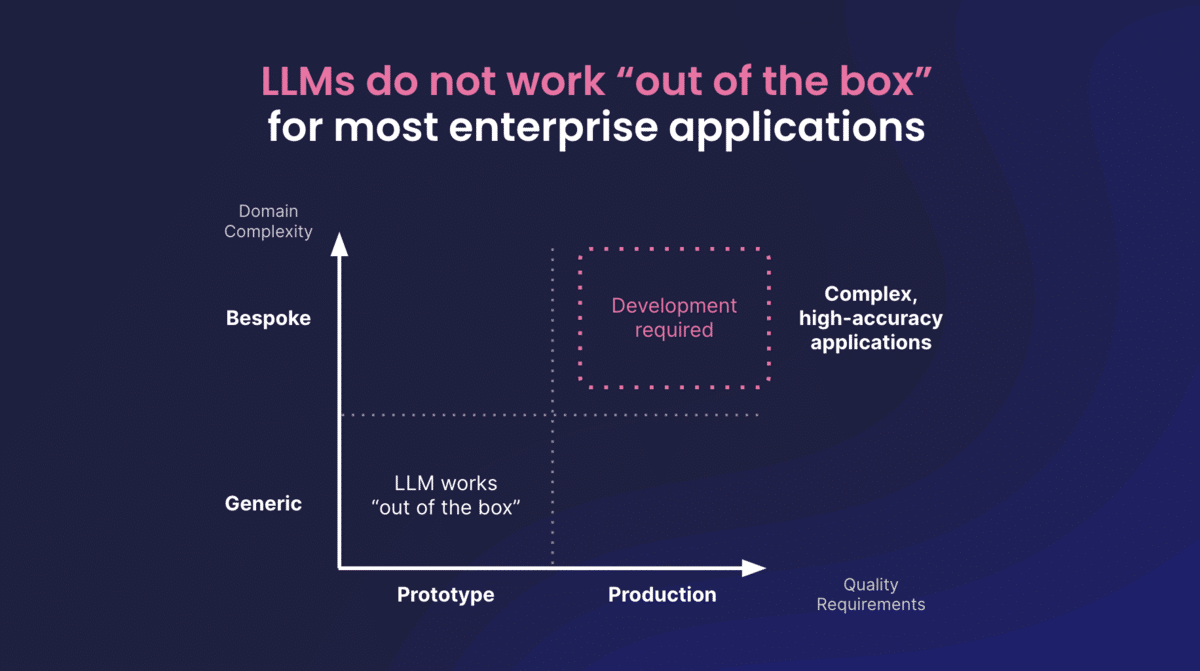
Techniques to Optimize LLMs for B2B
Prompt Engineering: Crafting structured, context-rich prompts improves output relevance. Setting clear roles (e.g., “Act as a cybersecurity analyst”) or constraints (“Write in AP style”) can guide the model toward better responses.
Retrieval-Augmented Generation (RAG): This technique enriches LLM outputs with real-time access to enterprise-specific documents, ensuring factual, contextual answers pulled from your proprietary knowledge base.
Model Fine-Tuning: Training the model on your company’s data—such as product manuals, sales materials, and case studies—improves performance for specific applications. This results in more accurate, brand-aligned outputs.
Feedback Loops: Use internal teams or customers to rate and improve model responses over time. Feedback-driven reinforcement learning ensures ongoing optimization based on real-world usage.
Enterprise Use Cases for Optimized LLMs
- Sales Enablement: Auto-generate pitch decks, email templates, and product one-pagers that align with specific buyer personas.
- Customer Support: Deploy intelligent chatbots capable of resolving complex queries using your documentation.
- Internal Knowledge Management: Build assistants that help employees find the right information fast, reducing reliance on outdated wikis or manual search.
- Content Marketing: Streamline content creation for blogs, SEO, and social while maintaining brand tone and compliance.
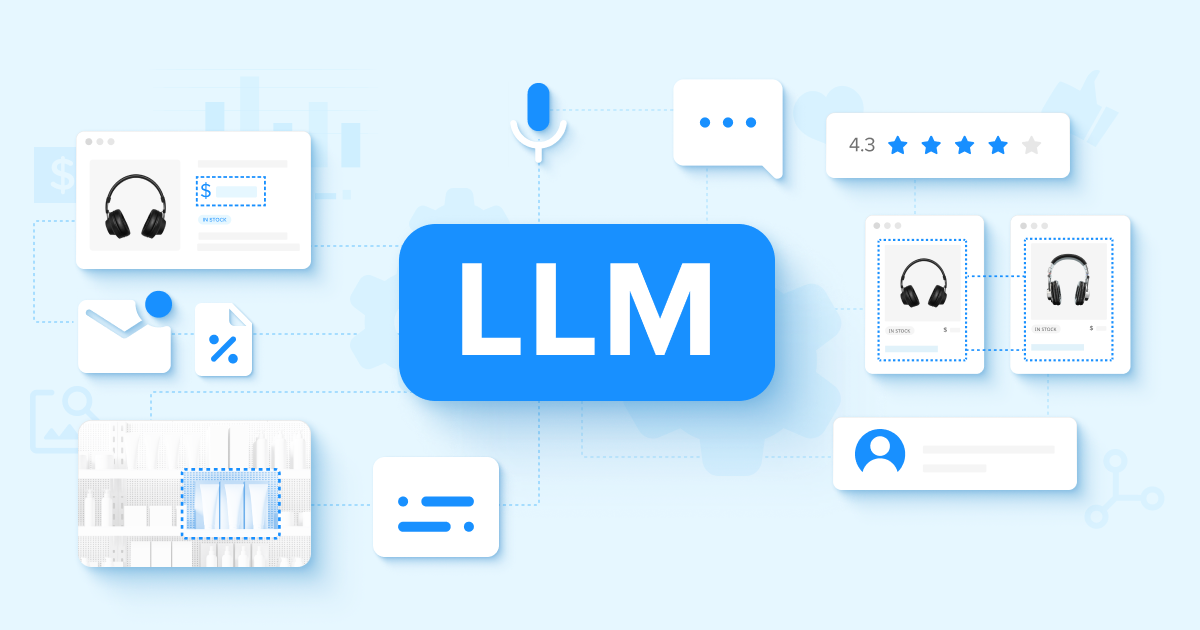
Governance and Compliance Considerations
For B2B, especially in regulated industries, optimization must go hand-in-hand with governance:
- Enforce brand voice and tone through structured prompts and content templates.
- Ensure data privacy by keeping proprietary content secure during model training.
- Establish clear human-in-the-loop review processes for sensitive outputs.
Final Thoughts
Generic AI won’t cut it in B2B. By investing in LLM optimization techniques like prompt engineering, RAG, and fine-tuning, companies can unlock smarter, more scalable results across marketing, sales, and support. The key is starting with a strategy tailored to your goals, audiences, and compliance needs.
Ready to elevate your AI strategy? Contact Bluetext to explore how customized LLMs can deliver measurable value for your enterprise.
The marketing technology (martech) landscape is booming—and so is the complexity that comes with it. With over 11,000 martech tools on the market, many organizations find themselves buried in platforms, subscriptions, and software that don’t deliver ROI.
If your martech stack feels more like a maze than a growth engine, it’s time for a strategic reset. Here’s how to go beyond the buzzwords and optimize your martech for real results.
Why Martech Optimization Matters
A bloated or misaligned martech stack can lead to:
- Redundant tools and wasted spend
- Disconnected data and siloed teams
- Underused software and poor adoption
- Difficulty proving ROI to stakeholders
Optimizing your martech means streamlining tools, aligning them to business goals, and ensuring every platform delivers measurable value.

Step 1: Align Martech to Marketing Goals
Start with the “why” before the “what.” Define:
- Primary objectives (Lead generation? Customer engagement? Attribution?)
- Success metrics (Conversions, CAC, lifetime value, campaign ROI)
- Key workflows that need to be supported by tech (Email automation? CRM integration? Ad targeting?)
This ensures your stack supports your strategy, not the other way around.
Step 2: Audit Your Existing Stack
Conduct a full martech inventory:
- List all platforms by category (CRM, email, CMS, analytics, etc.)
- Note users, costs, usage levels, and integrations
- Highlight tools that are underutilized or duplicative
Tools like CabinetM or G2 Stack can help visualize your ecosystem.

Step 3: Identify Gaps and Overlaps
Look for:
- Tools that serve the same function (e.g., two email automation platforms)
- Missing capabilities (e.g., no attribution modeling or A/B testing tool)
- Data disconnects between platforms
Ask: is each tool mission-critical, or is it a “nice to have”?
Step 4: Streamline and Strategically Select New Tools
For any new martech selection:
- Start with clear use cases
- Involve cross-functional teams (marketing, sales, IT)
- Prioritize platforms that integrate easily and scale with you
Beware of shiny object syndrome—choose utility over novelty.
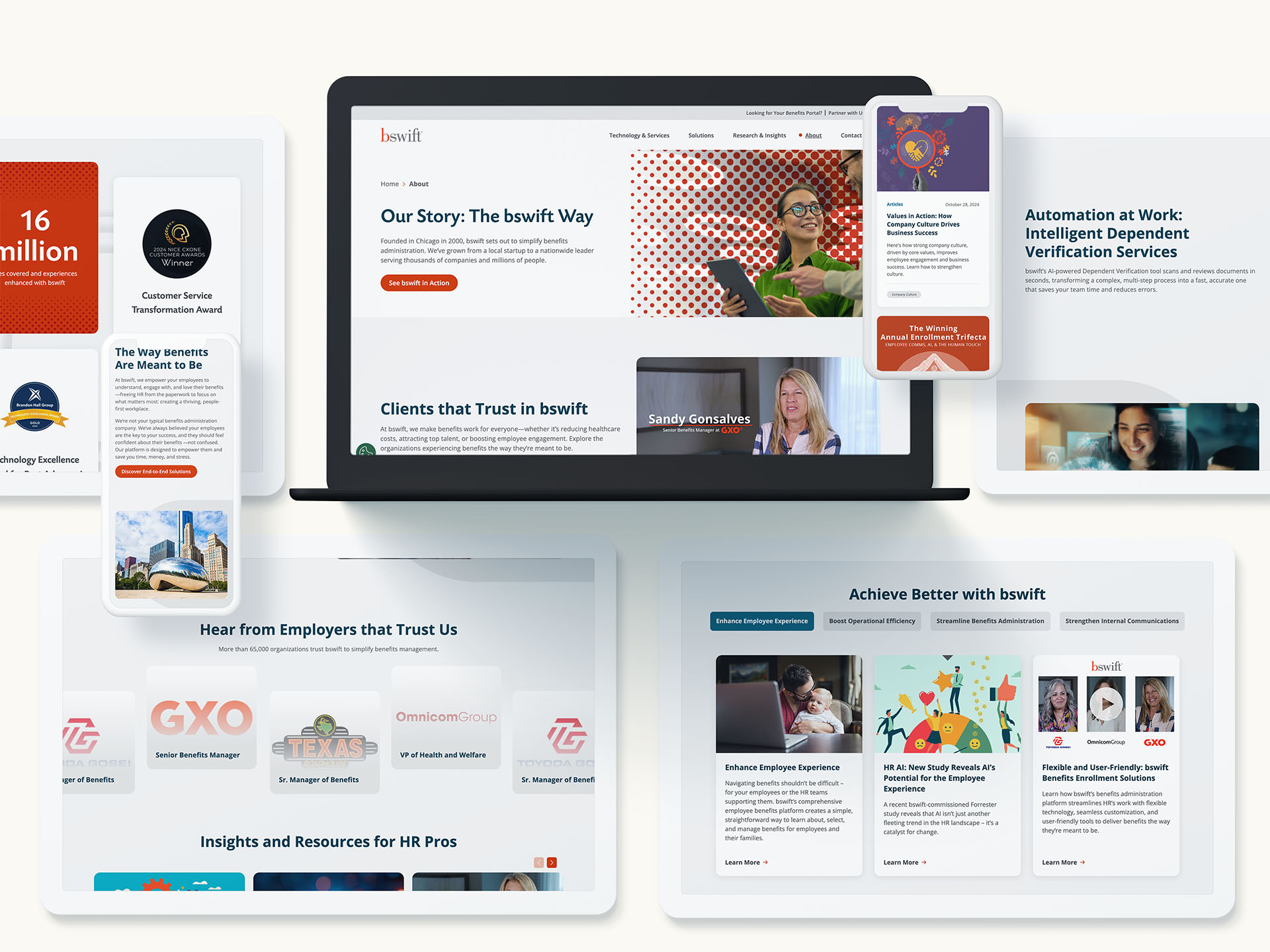


Step 5: Ensure Adoption and Performance
A platform is only valuable if your team actually uses it. Focus on:
- Onboarding and training
- User-friendly dashboards and automation
- Regular check-ins and optimization cycles
- Tracking ROI with clear KPIs
Martech should evolve alongside your marketing strategy—not become an obstacle to it.
Cut the Noise. Maximize the ROI.
Effective martech isn’t about having more tools—it’s about having the right tools. By taking a strategic, user-centered approach to optimization, businesses can simplify their stack, reduce costs, and improve outcomes across the funnel.
Want help making your martech stack work harder (and smarter)? Connect with Bluetext to schedule a martech optimization consultation.
In today’s digital-first economy, brand perception can outweigh company size. Small and mid-sized enterprises (SMEs) often assume that building a strong brand requires deep pockets—but the truth is, creativity, consistency, and strategy matter more than budget. With the right approach, your business can craft a powerful brand identity that rivals enterprise competitors.
Here’s how SMEs can build a big brand without breaking the bank.
Why Brand Matters—Even for Small Businesses
Your brand is more than a logo—it’s the promise you make to customers, the emotions you evoke, and the personality you project. A strong brand:
- Builds credibility and trust
- Differentiates you in a crowded market
- Attracts the right customers and talent
For SMEs, brand equity is a critical asset—and one that can be cultivated on any budget.



Start with Strategy, Not Spending
Before designing a logo or printing business cards, clarify your brand foundation:
- Mission & Vision: Why do you exist? Where are you headed?
- Core Values: What principles guide your business?
- Brand Personality: Are you bold, approachable, disruptive, or traditional?
- Target Audience: Who are you speaking to, and what matters to them?
This internal clarity becomes the blueprint for every touchpoint that follows.
Build a Visual Identity with Budget-Friendly Tools
A professional appearance doesn’t have to be expensive. Free and low-cost design tools like Canva, Looka, or Figma make it easy to create:
- Logos
- Color palettes
- Typography systems
- Social media templates
Consistency is key. Develop lightweight brand guidelines so your visuals and tone are cohesive across platforms.
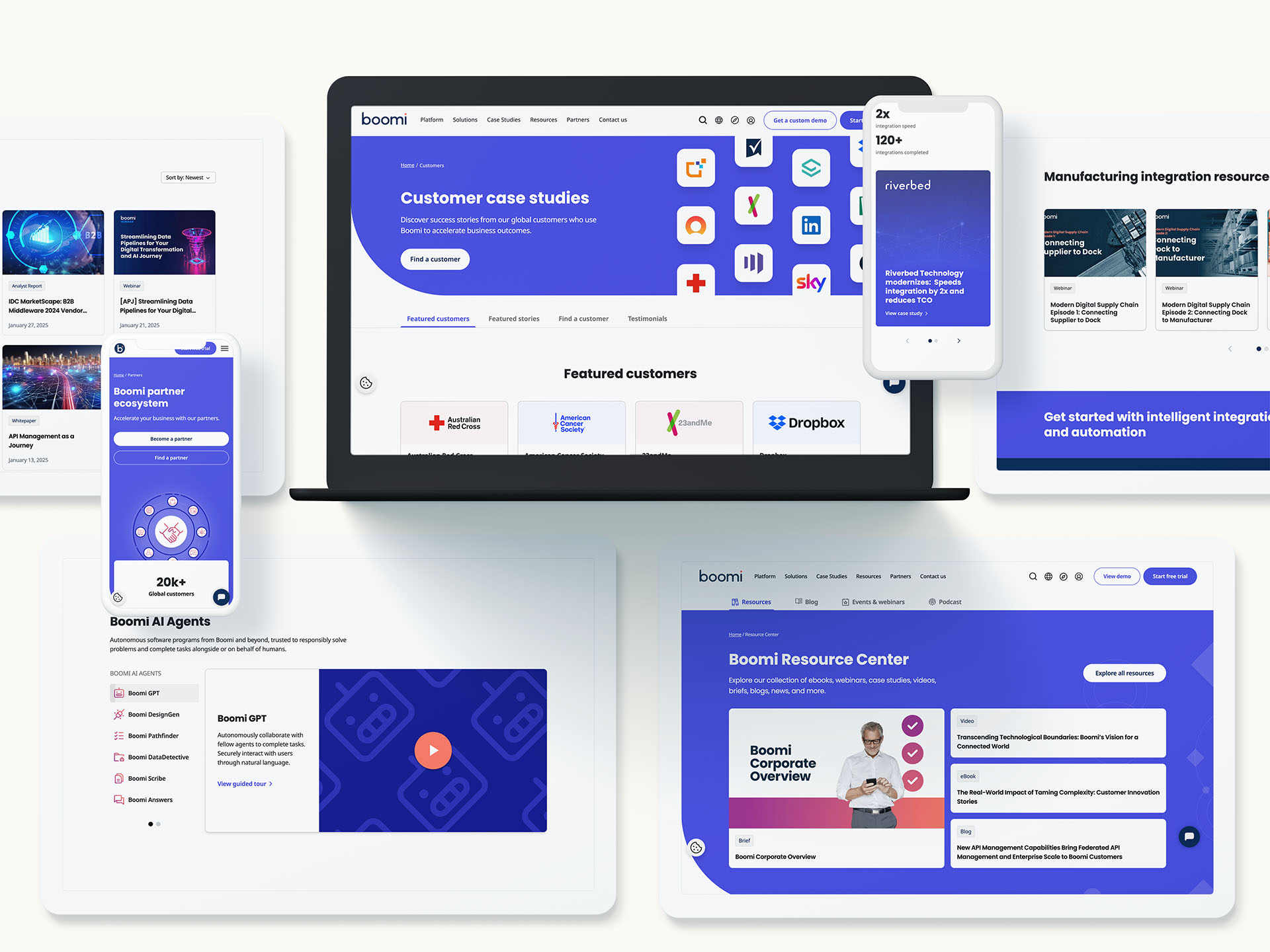

Leverage Low-Cost Digital Channels
Digital marketing levels the playing field for SMEs. Consider these cost-effective strategies:
- Organic Social Media: Focus on platforms where your audience spends time. Show behind-the-scenes content, customer spotlights, and thought leadership.
- Content Marketing: Start a blog and optimize posts for SEO. Share helpful, relevant content that positions your brand as a resource.
- Email Marketing: Use tools like Mailchimp or Brevo to build lists and nurture leads.
- Local SEO: Claim your Google Business Profile, encourage reviews, and optimize your site for local search.



Tell Stories That Stick
Big brands know that storytelling sells—and you can use the same strategy:
- Share your founder’s story to build authenticity.
- Highlight customer success stories to build social proof.
- Use video to humanize your brand without high production costs (hello, smartphone!)
Partner Up and Amplify
Tap into partnerships to increase your reach without increasing spend:
- Collaborate with other SMEs or local influencers
- Launch joint giveaways or events
- Encourage employee advocacy on social media
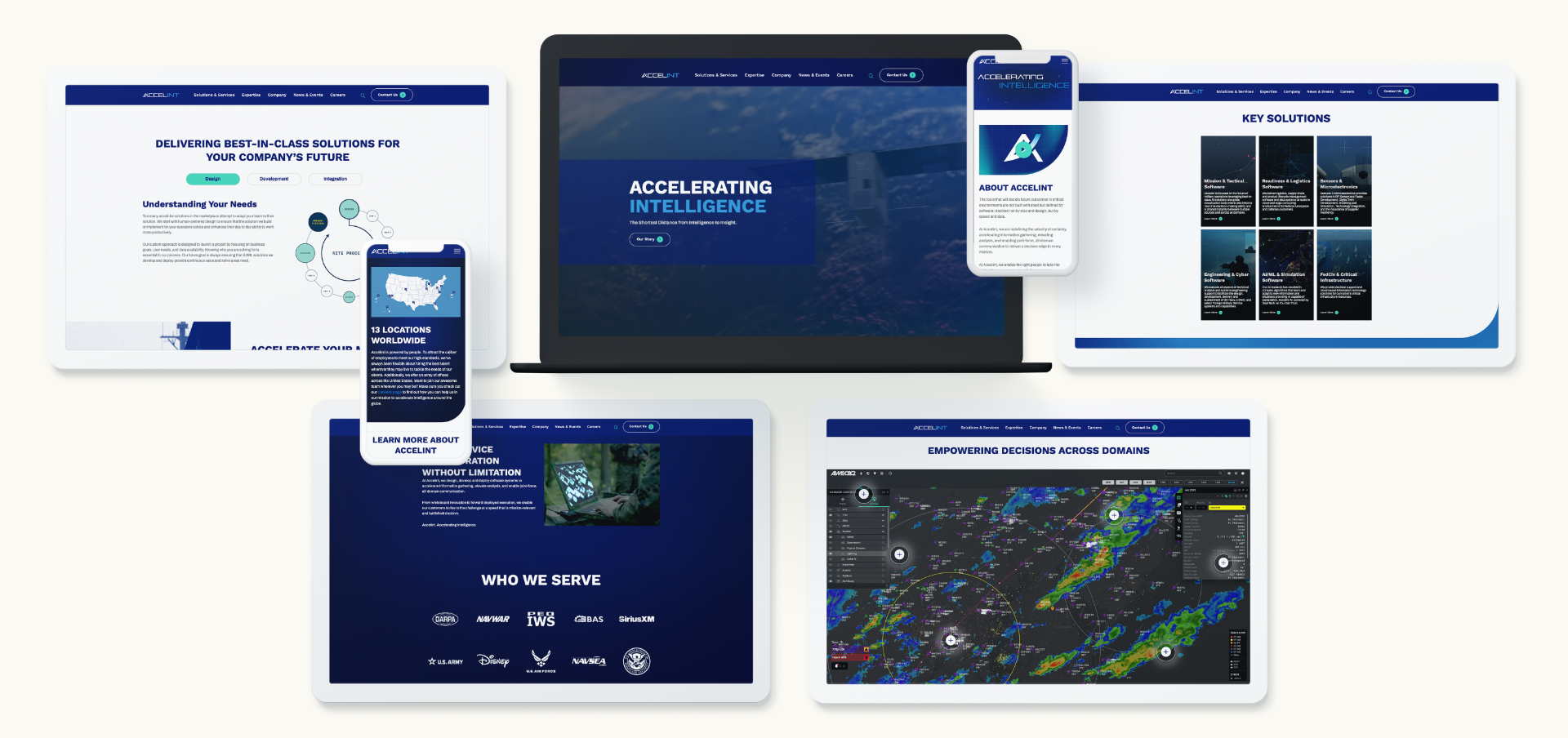

Know Where to Invest
While you can bootstrap many brand assets, some areas are worth the spend:
- A polished website: Often your first impression—make it count.
- Messaging and positioning: A strategic foundation can elevate all future content.
- Targeted campaigns: A well-placed ad or sponsored post can generate high ROI if your audience and creative are dialed in.
Build Bold on a Budget
You don’t need a massive budget to build a memorable brand. With strategic planning, consistent execution, and smart use of digital tools, SMEs can craft a presence that’s as compelling as the industry giants.
Ready to scale your brand without scaling your budget? Contact Bluetext to start building a brand that punches above its weight.